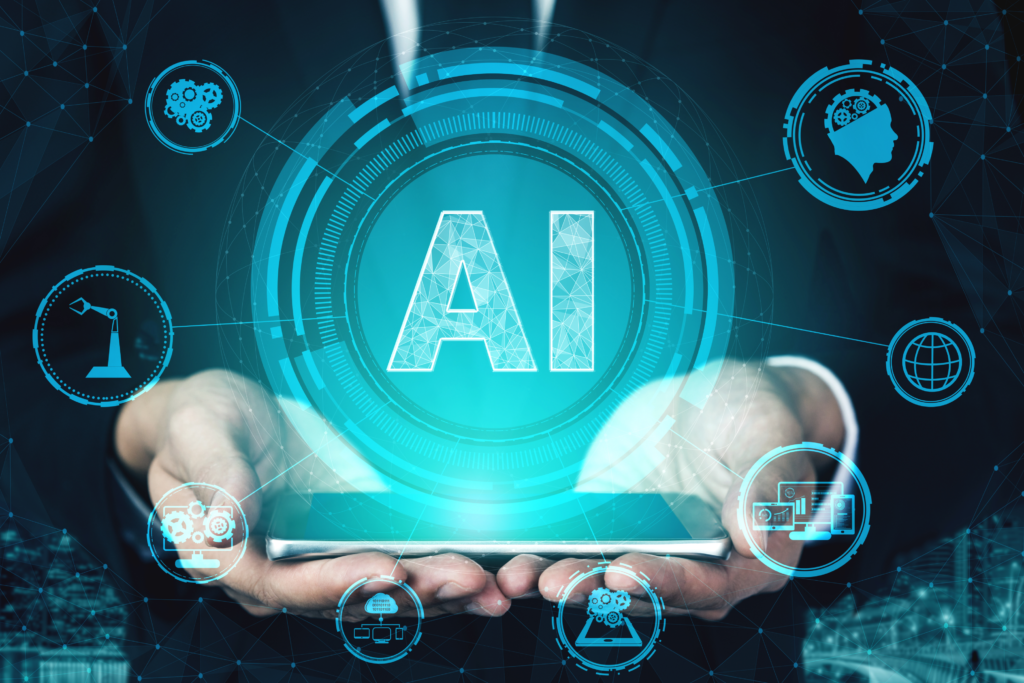Ethical Considerations of AI in Web Design: Ensuring Fairness and Transparency

As Artificial Intelligence (AI) continues to advance and permeate various aspects of our lives, web design is no exception. AI in web design can revolutionize the way we create and optimize websites, providing personalized and seamless user experiences. However, with this immense potential comes a responsibility to address ethical concerns, ensuring that AI-powered web design remains fair, transparent, and respectful of users’ rights and values. In this blog, we will explore the ethical considerations of AI in web design and how we can strive for a more ethical approach to AI implementation. We’ll draw inspiration from the AI Code of Ethics outlined by TechTarget and other pertinent sources to ensure originality and uniqueness.
What Ethical Challenges Does AI Pose for Enterprises?
Enterprises are grappling with a multitude of ethical challenges as they adopt AI technology.
What Ethical Challenges Does AI Pose for Enterprises?
Enterprises are grappling with a multitude of ethical challenges as they adopt AI technology.
- Explainability: When AI systems encounter issues, it becomes crucial for teams to comprehend the intricate chain of algorithmic systems and data processes that led to the problem. Organizations leveraging AI must be able to provide clear explanations about the source data, resulting data, the functioning of their algorithms, and the reasons behind their decisions. According to Adam Wisniewski, CTO and co-founder of AI Clearing, “AI needs to have a strong degree of traceability to ensure that if harms arise, they can be traced back to the cause.”
- Responsibility: As AI systems increasingly make critical decisions with potential catastrophic consequences, determining responsibility becomes a pressing concern. This involves a collaborative process with participation from lawyers, regulators, and citizens to establish who should be held accountable for the outcomes of AI-driven decisions. Striking a balance is challenging when comparing AI systems that may be safer than human activity but still lead to problems, such as autonomous driving systems that result in fatalities but fewer than human-driven vehicles.
- Fairness: Ensuring fairness in data sets that involve personally identifiable information is of utmost importance. Enterprises must rigorously scrutinize AI models and algorithms to eliminate biases based on race, gender, or ethnicity, as such biases can perpetuate inequalities and harm marginalized communities.
- Misuse: AI algorithms might be exploited for purposes other than their intended use. To mitigate risks and adverse effects, it is vital to thoroughly analyze potential misuse scenarios during the design phase and implement safety measures accordingly.
- Data Privacy and Security
AI-driven web design often relies on extensive data collection to understand user preferences and behavior. However, with great data comes great responsibility. Web designers must prioritize data privacy and security, ensuring that user data is protected from unauthorized access, breaches, and misuse. Transparency about data collection practices and obtaining informed consent from users are crucial steps in maintaining ethical standards.
- Avoiding Bias and Discrimination
AI algorithms are trained on historical data, which may contain biases and prejudices. These biases can inadvertently result in discriminatory design decisions. Web designers must diligently review AI models to identify and mitigate biases. Regularly auditing algorithms and involving diverse teams during design and development can help ensure that the technology treats all users fairly and inclusively.
- User Empowerment and Informed Consent
AI-driven web design should empower users by giving them control over their experiences. Providing users with clear choices, customization options, and meaningful settings can foster a sense of agency and respect their autonomy. Additionally, transparently informing users about the use of AI and obtaining their informed consent builds trust and encourages responsible use.
- Accountability and Explainability
As AI becomes more sophisticated, its decision-making processes might seem obscure and hard to understand. Web designers must prioritize the explainability of AI algorithms. Users have the right to know why certain design decisions were made and how their data is being used to shape their experiences. By providing clear explanations, designers can instill confidence and accountability in their AI-driven design choices.
- Avoiding User Manipulation
AI has the potential to optimize websites for maximum user engagement, which can lead to excessive usage and even addiction. Ethical web design should strike a balance between personalized experiences and avoiding manipulative practices that exploit human psychology. User well-being and mental health considerations must be paramount when employing AI for design purposes.
- Continual Monitoring and Adaptation
The ethical implications of AI in web design are continually evolving. Web designers must monitor the impact of AI implementations and be open to feedback from users and stakeholders. This iterative approach allows for ongoing improvements and ensures that AI-driven design aligns with ethical standards.
Conclusion
AI has the power to revolutionize web design, providing unparalleled user experiences and efficiency. However, ethical considerations should remain at the forefront of AI implementation to ensure fairness, transparency, and respect for user rights. By prioritizing data privacy, avoiding biases, empowering users, and fostering accountability, web designers can create AI-driven experiences that enrich users’ lives ethically.


